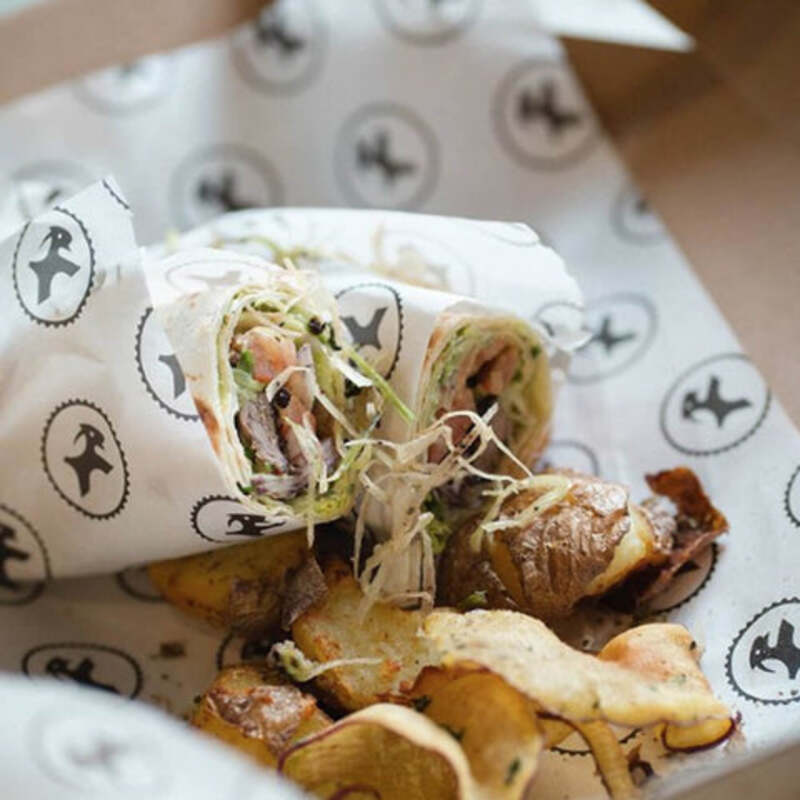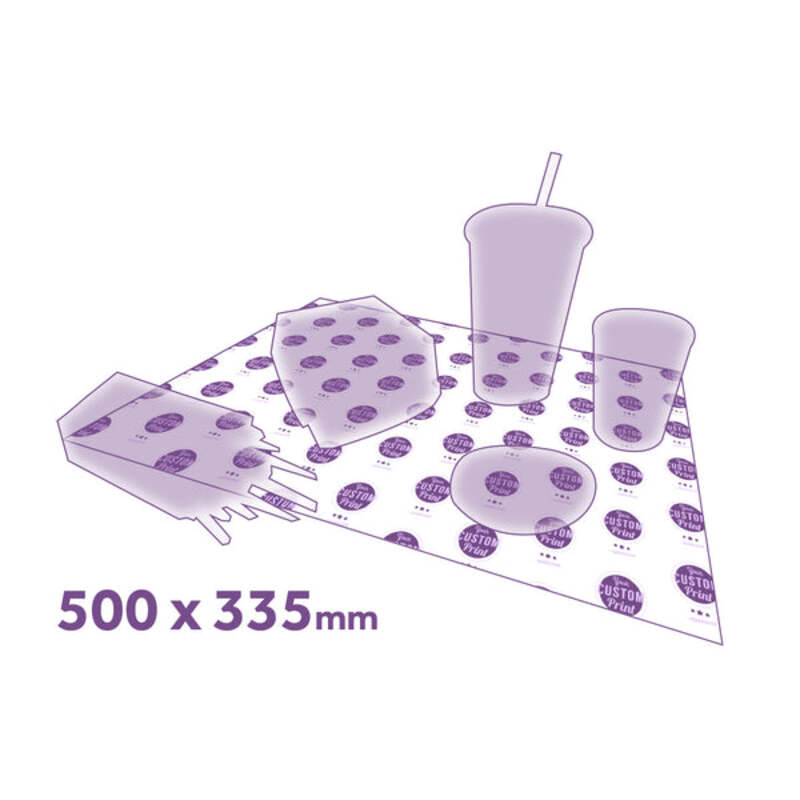

However, cling wrap's implementation isn't entirely without challenges. Users might often grapple with static cling issues, making handling problematic. From my expertise, a useful tip is to store the roll of cling wrap in the fridge — this reduces static, making the wrap easier to manage. Another common concern is its environmental impact, though many brands are making strides towards ecological sustainability by offering biodegradable alternatives. There’s also a growing interest in understanding the authoritative stance on cling wrap's safety. Regulatory bodies like the FDA have evaluated its primary materials and approved its use for food safety under specified conditions. This reassures consumers about its credibility, provided they follow guidelines regarding temperature exposure during use. For a comprehensive experience and to maximize trustworthiness, it’s important to consider your storage practices. Open discussions with food safety experts suggest that while cling wrap is extremely versatile, it should ideally be avoided for fatty foods when used for microwaving, as some components might leach into food at high temperatures. Thus, always ensure any plastic wrap you choose comes with microwave-safe labeling. To sum up, cling wrap may seem like a humble kitchen staple, but it is backed by significant expertise, offering not only convenience but also critical food safety support when used correctly. With advancements in materials and increased focus on sustainability, cling wrap remains an indispensable tool in our culinary and storage practices. Whether you are battling food waste or seeking creative culinary aids, understanding the intricacies of cling wrap will empower you to utilize it efficiently and responsibly in your daily culinary endeavors.



